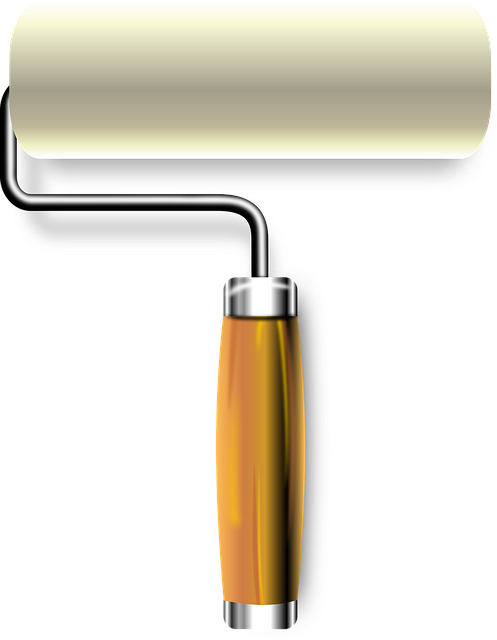Clogged drains caused by everyday items can be prevented with regular maintenance. For obstructions, a natural remedy combining baking soda and vinegar is effective and eco-friendly. Mix 1/2 cup each, pour into drain, add boiling water, let sit 30 mins, then use a plunger. Repeat as needed; this combination often breaks up clogs swiftly.
Unclog your drains naturally with a simple, effective, and eco-friendly method: baking soda and vinegar. This powerful duo can tackle even the toughest clogs without harsh chemicals. In this article, we’ll guide you through understanding common drain clog causes, exploring the science behind baking soda and vinegar’s unclogging magic, providing a step-by-step unclogging guide, and sharing alternative uses and helpful tips for optimal drain cleaning.
- Understanding Drain Clog Causes
- The Science Behind Baking Soda and Vinegar
- Step-by-Step Unclogging Guide
- Alternative Uses and Tips
Understanding Drain Clog Causes

Clogs in drains are a common household issue, but understanding their causes is key to effective prevention and treatment. Drain cleaning isn’t always about chemical solutions; natural remedies like baking soda and vinegar offer a simple and eco-friendly approach. Many clogs result from everyday items such as grease, food scraps, hair, and soap scum building up over time. These substances can solidify in the pipes, leading to partial or complete blockages.
Regular maintenance is crucial for avoiding such issues. Using hot water regularly to flush out potential blockages and being mindful of what goes down the drain—avoiding disposable items and grease—can significantly reduce the likelihood of clogs. However, despite our best efforts, clogs still occur. That’s when natural remedies like baking soda and vinegar come in handy for efficient and affordable drain cleaning.
The Science Behind Baking Soda and Vinegar

The powerful combination of baking soda and vinegar has long been a go-to solution for natural drain cleaning. This simple, yet effective method relies on chemical reactions to clear clogs. When baking soda, a base, meets vinegar, an acid, they create carbon dioxide gas. This reaction not only fizzles dramatically but also helps to break down grease, soap scum, and other debris that can clog drains. The resulting foam expands and pushes through the blockage, clearing the drain. This natural approach is not only cost-effective but also environmentally friendly, avoiding the use of harsh chemicals often found in commercial drain cleaners.
Step-by-Step Unclogging Guide

Step-by-Step Unclogging Guide
Start by mixing 1/2 cup baking soda and 1/2 cup white vinegar in a bowl. Pour this mixture directly into the clogged drain, followed by 1 liter of boiling water. This powerful combination will often break up any obstructions, clearing the drain swiftly. If the initial pour doesn’t resolve the issue, let the solution sit for 30 minutes before flushing it with more hot water.
Next, use a plunger to create a suction force. Position the plunger over the drain and press down firmly, then pull up rapidly. Repeat this motion several times, allowing the mixture to settle between each attempt. If the drain is still clogged, try adding another 1/2 cup of baking soda followed by vinegar again, and repeat the process.
Alternative Uses and Tips

Beyond their popular use in baking, a combination of baking soda and vinegar proves to be a powerful and natural remedy for various household chores, including drain cleaning. This versatile duo can effectively tackle clogs by acting as a chemical reaction that dislodges debris and breaks down grease buildup.
When it comes to using this method for drain cleaning, pour a cup of baking soda directly into the clogged drain followed by a half-cup of vinegar. The mixture will fizz and bubble, indicating the start of the cleaning process. Allow the reaction to work its magic for about 30 minutes before flushing with hot water. For tougher clogs, repeat the process as needed. Always be cautious when using these natural remedies, ensuring proper ventilation during application to avoid any potential risks.
